
4T has partnered with specialists to provide detailed modelling, analysis and reporting. This partnership provides clients with a site specific, yet cost effective service.
All 4T field staff are trained and competent and all monitoring complies with relevant State and National Standards.

Practical Application
- Basic noise level checks, or spot checks
- Longer term noise monitoring for compliance with regulatory obligations such as Environmental Authorities or Local Government regulations.
- Predictive modelling in the approvals process for major projects.
- Noise and vibration monitoring for blast management on mine sites
- Noise control investigations.
4t’s noise monitoring experience includes agricultural facilities and machinery, mining sites, residential, construction and industrial sites and factories. So whether it is a one-off assessment in a workplace or longer term real time monitoring that is needed, we will work to find the most suitable solution and program.
For environmental noise measurement we use one-third octave measuring equipment, and the filters conform to the requirements of Australian Standard AS/NZS 4476:1997 Acoustics — Octave-band and fractional-octave-band-filters.

NOISE MEASUREMENTS
Noise measurements are carried out in accordance with the folloing Standards:
- DEHP Noise Measurement Manual (2000) and the following Australian Standards:
- AS1055-1997 Acoustics — Description and measurement of environmental noise.
- Part 1: General procedures
- Part 2: Application to specific situations
- Part 3: Acquisition of data pertinent to land use
- AS1259-1990 Acoustics — Sound level meters
- Part 1: Non-integrating
- Part 2: Integrating-averaging
- AS2659-1988 Acoustics — Guide to the use of sound measuring equipment
- Part 1: Portable sound level meters
- AS/NZS 4476:1997 Acoustics — Octave-band and fractional-octave-band-filters
For more information please Contact 4t Consultants.










